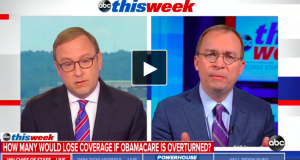Pick any eight – Utilization Review is:
- a pain in the neck for everyone involved
- marginally useful
- mostly manual, with limited cross-platform integration (claims, bill review, medical management, reporting)
- annoying, frustrating, and a time waster for providers
- forcing everyone to jump thru hoops to stop a few unnecessary procedures
- delaying care for workers’ comp patients
- necessary to reduce inappropriate care, helping patients recover and employers and taxpayers save money
- pretty much pointless unless tightly aligned with Evidence Based Clinical Guidelines

California’s State Fund is working to fix many of the issues, while better delivering on the intent – ensuring patients get the right care, quickly. The UR Connected program is starting with the Fund getting its own house in order.
The intent is to automate much of what is now manual, and in so doing eliminate much of the administrative burden, speed up decisions, and reduce frictional costs for all parties. Paper, fax, or clearinghouse submissions will still be accommodated.
I’d hazard a guess that after initial teething problems, the Fund and treating providers will also see a significant reduction in errors, and much faster turn around times.
Phase One, now pretty much complete, is best described as an automated rules engine development and construction project. It is focused on figuring out all the State Fund’s back office functions involved in care approval and payment. Internal business rules, processes, regulatory requirements, and workflows have been documented and automated; they will be continuously updated.
In May, the State Fund will push to get larger providers electronically tied into the system, which should drastically reduce all parties’ workloads. Today, the doc’s office sends Requests For Authorization by fax, State Fund staff enters the data into their system manually and then sends the determination back – via paper.
This isn’t much different from how every payer handles UR in every state, and yet it is mind-boggling that we work this way in 2019.
In the future the goal is to have as many of these RFAs possible handled electronically, with providers accessing the system via a portal or direct electronic integration.
Expect the State Fund to being pushing this out to their larger providers first, then to those with a high volume of legitimate RFAs. In a discussion with State Fund staff, a spokesperson noted that while workers’ comp patients are a relatively small portion of the typical providers’ case load, the administrative burden is greater – which will motivate them to build connections to the Fund.
Down the road just a bit is integration with bill payment. As an RFA is a request for approval for the entire care process, when automated the bill review process becomes more of an invoicing function; when the services come to BR most of the information needed to process the reimbursement request is already there.
What does this mean for you?
The State Fund is going about it in the right way – the result should be improved care, lower barriers to access, and less frustrated providers.



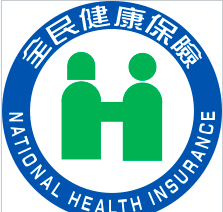
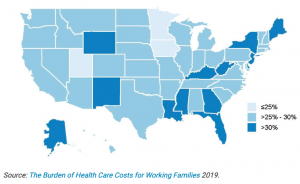

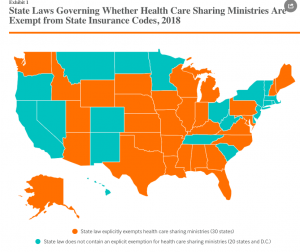
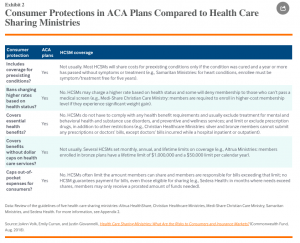

 MTI’s first transport vehicle and driver
MTI’s first transport vehicle and driver